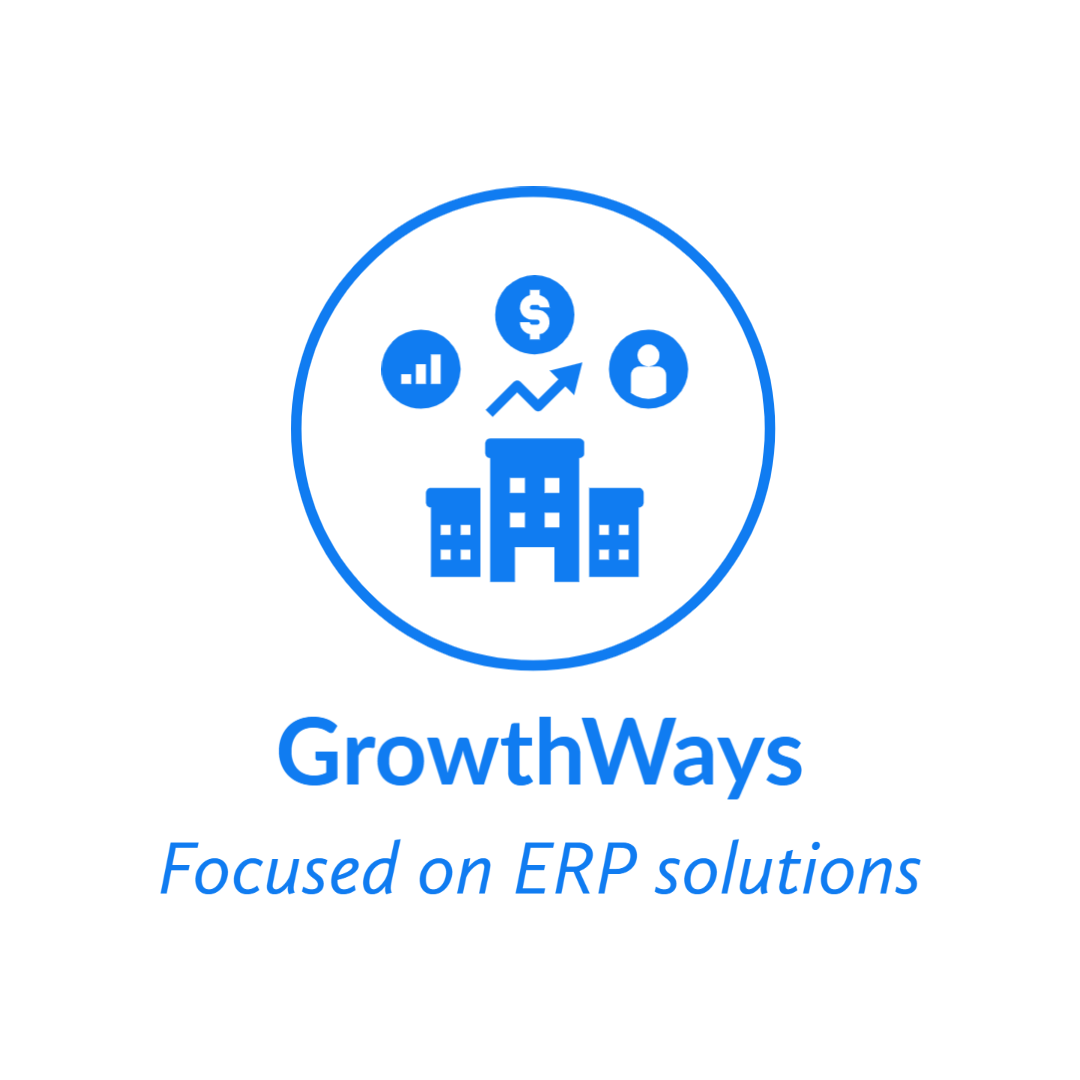
We'll cover everything from needs assessment to post-implementation support, so you can rest assured that your transition will be as smooth and stress-free as possible. Understanding ERP System Requirements Before you can even begin to look for an ERP system, you need to understand your business requirements. What are the specific needs of your company? What are the areas where you need help? Creating a detailed business requirements document is the best way to start.
This document will outline all of your company's needs and wants, and it will become the foundation for finding the right ERP system. ERP System Design and Customization The next step in the ERP system implementation process is designing and customizing your new system. This is where you'll decide how the system will work for your company and what features and functionality you want it to have. Your implementation partner should help you map out the system design, incorporating your specific business needs and requirements.
They will also help with customization, making sure the system is set up to work the way you want it to. Don't be afraid to ask for help with this step; it's crucial to get it right so the system can be up and running as quickly as possible.
Selecting a Suitable ERP System Once you've decided that an ERP system is the way to go, the next step is to select a suitable system. This can be a daunting task, as there are so many different options available. But don't worry, we're here to help. The first step is to identify your business requirements. What do you need the ERP system to do? Once you've answered this question, you can start to narrow down your options. You need to find an ERP system that will meet your needs, and no one else's. Once you've selected a few systems that fit the bill, it's time for a demo. This will give you the chance to see the system in action and ask any questions you have. It's important to go with your gut feeling here – if something feels off, it probably is. Once you've selected a system and completed the demo, it's time to sign up!
Data Migration and Training Data migration is the process of moving data from your old system to your new ERP system. This step is crucial, and it's important to do it right the first time because you don't want to have to go back and redo it. To ensure a successful data migration, you need to start by cleansing your data. This means getting rid of any duplicate data, incomplete data, or incorrect data. Once you've done that, you need to map out your data so that you know where it's going to go in the new system. Once you've got your data all sorted out, it's time for training.
This is important because you need to make sure that everyone who is going to be using the new system knows how to use it properly. The last thing you want is for people to be inputting data incorrectly or not be able to find things when they need them. Training can be done in-house or by bringing in a third-party provider. Whichever route you choose, make sure that everyone is on board and understands how the new system works before go-live. Testing and Quality Assurance After the system has been installed, it will need to be tested to ensure that it is working properly. This is done by running scenarios through the system to see if it can handle them. It is important to test the system thoroughly before going live with it. This way, any issues can be found and fixed before they cause problems. Quality assurance is important in any software implementation, but it is especially important in ERP because of the high costs of the software and the complexity of the data.
Testing can be done in-house or by hiring a third-party company. In-house testing is usually cheaper, but it can take longer. Hiring a third-party company can be more expensive, but they will usually have more experience and can get the job done faster. Go-Live and Integration With Other Systems Once the system is configured and tested, it's time for go-live. This is when you officially start using the ERP system in your business. To ensure a smooth go-live, it's important to integrate the ERP system with other systems in your business, such as your financial system, CRM system, and inventory system.
This way, data can flow seamlessly between all of your systems and you can avoid any double-entry of data. It's also important to have a plan in place for training your employees on how to use the new system. Employees will need to be trained on how to perform their daily tasks in the new system so that they can be productive from day one. Conclusion A successful ERP implementation is not just about deploying the software. It's also about change management and taking the time to configure and test the system to ensure that it meets your specific needs. By following these steps, you can make sure that your ERP implementation is a success.
